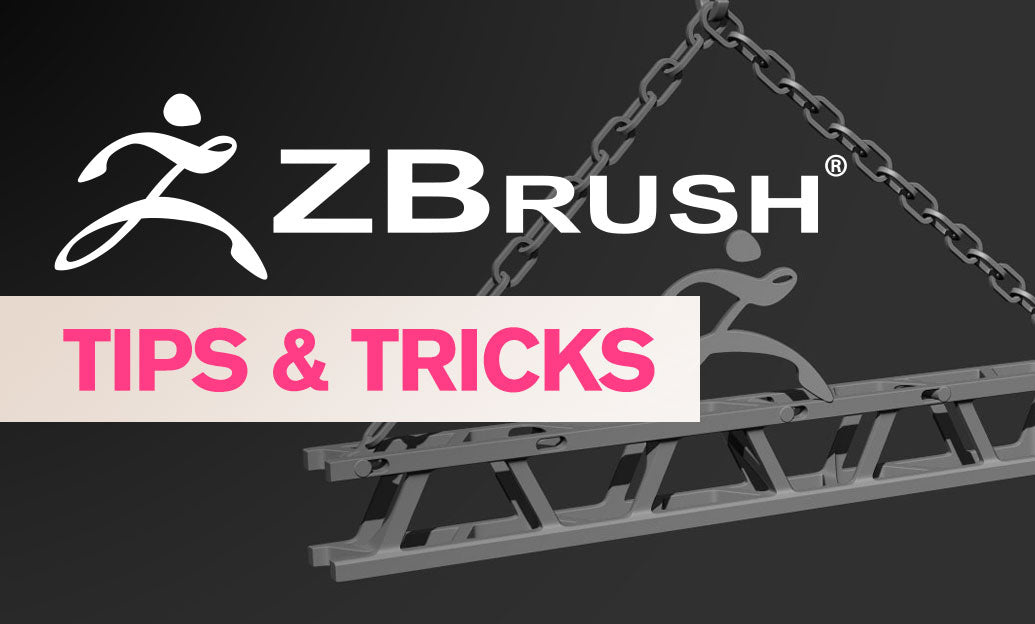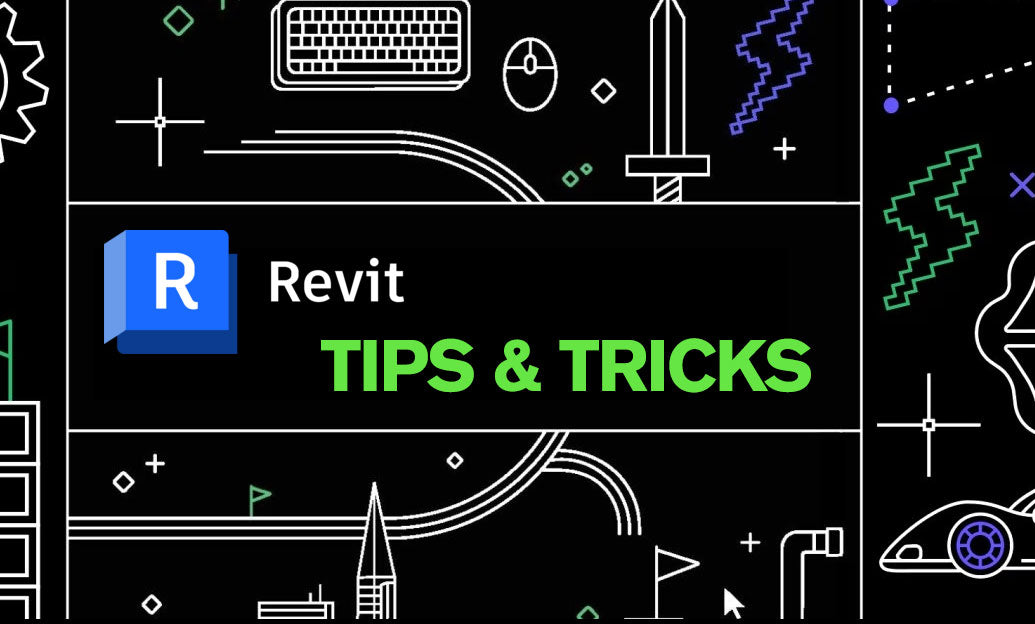Your Cart is Empty
Customer Testimonials
-
"Great customer service. The folks at Novedge were super helpful in navigating a somewhat complicated order including software upgrades and serial numbers in various stages of inactivity. They were friendly and helpful throughout the process.."
Ruben Ruckmark
"Quick & very helpful. We have been using Novedge for years and are very happy with their quick service when we need to make a purchase and excellent support resolving any issues."
Will Woodson
"Scott is the best. He reminds me about subscriptions dates, guides me in the correct direction for updates. He always responds promptly to me. He is literally the reason I continue to work with Novedge and will do so in the future."
Edward Mchugh
"Calvin Lok is “the man”. After my purchase of Sketchup 2021, he called me and provided step-by-step instructions to ease me through difficulties I was having with the setup of my new software."
Mike Borzage
Revit Tip: Enhancing Documentation Clarity with Customized Revit Annotation Families
November 08, 2024 2 min read

Customizing annotation families in Revit can significantly enhance your project's documentation clarity and professionalism. Here are some key tips to effectively customize annotation families that will fit your specific project requirements:
- Understand the Family Editor Interface: Before delving into customization, familiarize yourself with the Family Editor. This tool allows you to modify existing annotation families or create new ones from scratch. Pay attention to the interface tools, as they are crucial in defining the parameters and behaviors of your annotations.
- Define Family Parameters: Parameters are the backbone of any Revit family, as they define the properties that users can adjust. When customizing annotations, consider adding parameters that control text size, visibility, and graphical representation to enhance flexibility.
- Utilize Shared Parameters: If your annotations need to interact with project data or appear across multiple projects, implement shared parameters. These allow for consistent data management and can be used in schedules or tags for better project coordination.
- Create Consistent Styles: Ensure your annotation families maintain a consistent style that aligns with your project's documentation standards. This includes the use of fonts, line weights, and colors to ensure readability and professional presentation.
- Test Annotation Visibility: Test how your customized annotations appear in different views and scales. Adjust visibility settings to ensure they remain legible and appropriately scaled across various drawing sheets and viewports.
- Consider Annotation Categories: Revit provides several annotation categories, such as text notes, dimensions, and tags. Choose the appropriate category that fits the intended purpose of your annotation to leverage the built-in functionalities.
- Document and Share Customizations: Once you've developed your custom annotations, document their functionalities and share them with your team to ensure consistent use. This can be done by creating a company-wide library of annotation families.
You can find all the Revit products on the NOVEDGE web site at this page.
Also in Design News

ZBrush Tip: Techniques for Sculpting Realistic Veins in ZBrush
December 22, 2024 2 min read
Read More
Revit Tip: Expert Tips for Creating and Managing Topography in Revit
December 22, 2024 2 min read
Read MoreSubscribe
Sign up to get the latest on sales, new releases and more …



